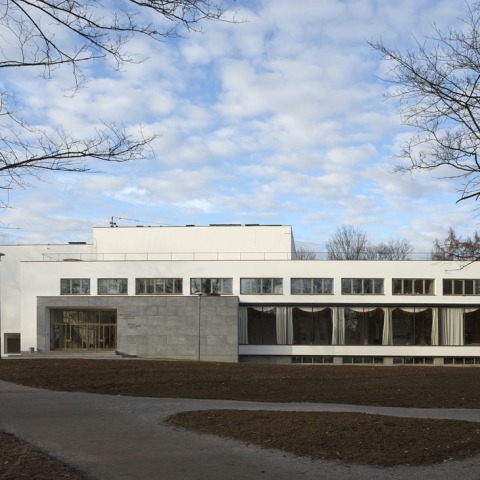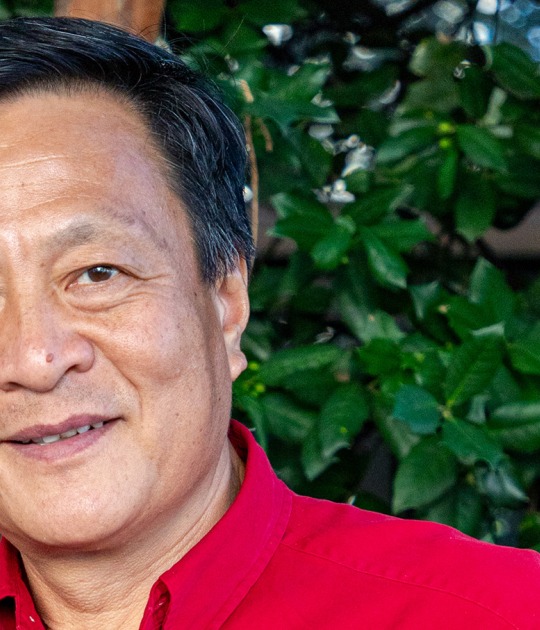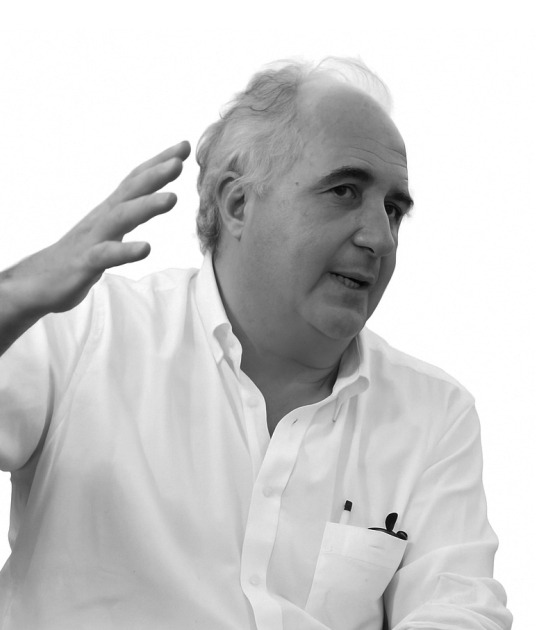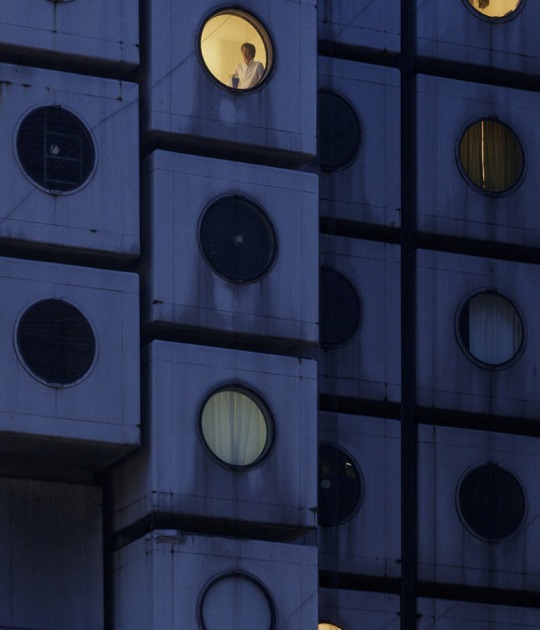“Thematically, the exhibition is divided into two parts. The first of these describes the history of the Library and how it came into being, while the second focuses on the restoration of the Library from the point of view of building conservation and renovation,” says Katariina Pakoma, Chief Curator of the Alvar Aalto Museum.
“The letters ‘W.W.W.’ in the name of the exhibition are derived from the pseudonym given by Alvar Aalto to his winning competition entry in 1927,” continues Pakoma.
The exhibition places a good deal of emphasis on the activities of the Finnish Committee for the Restoration of Viipuri Library and its remarkable achievements during the long restoration process. The Committee and its Secretary General, Maija Kairamo, have acted as designers, directors and supervisors of the restoration from beginning to end.
Through the exhibition, the public has an opportunity to take a peep at the history of the Alvar Aalto Library in Vyborg and the restoration project, with the help of photographs, background text, furniture, models and samples of materials. There will be also a short documentary film in which Kairamo and Tapani Mustonen, principal architects for the restoration, give an account of the restoration of the building.
The Alvar Aalto Museum has realised the exhibition in collaboration with the Finnish Committee for the Restoration of Viipuri Library.
“W.W.W.” Alvar Aalto Library in Vyborg
When.- 23.5.–14.9.2014
Where.- In the Gallery at the Alvar Aalto Museum. Alvar Aallon katu 7. 40600 Jyväskylä. Finland.


























